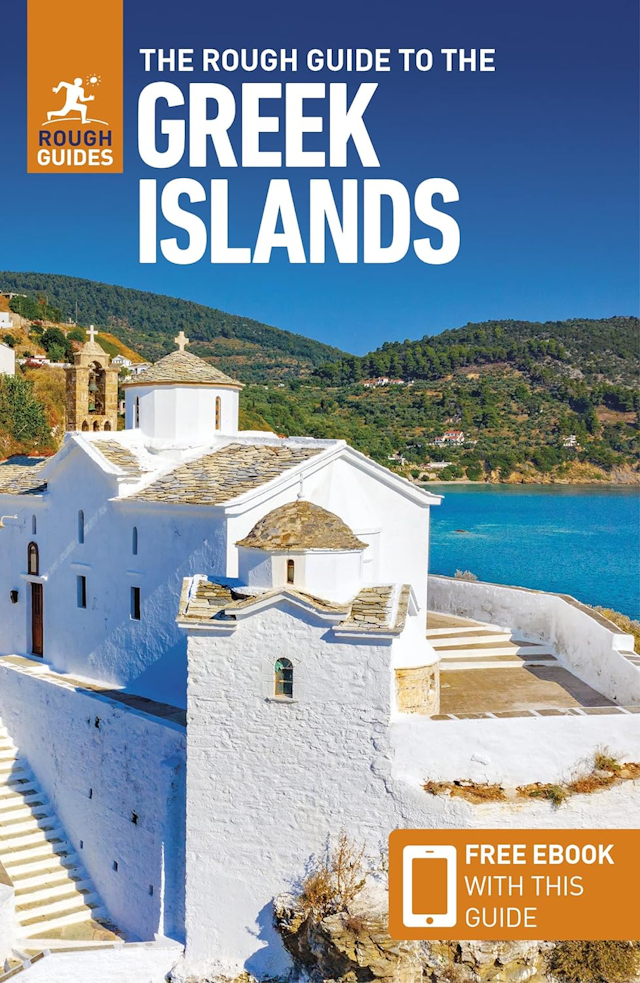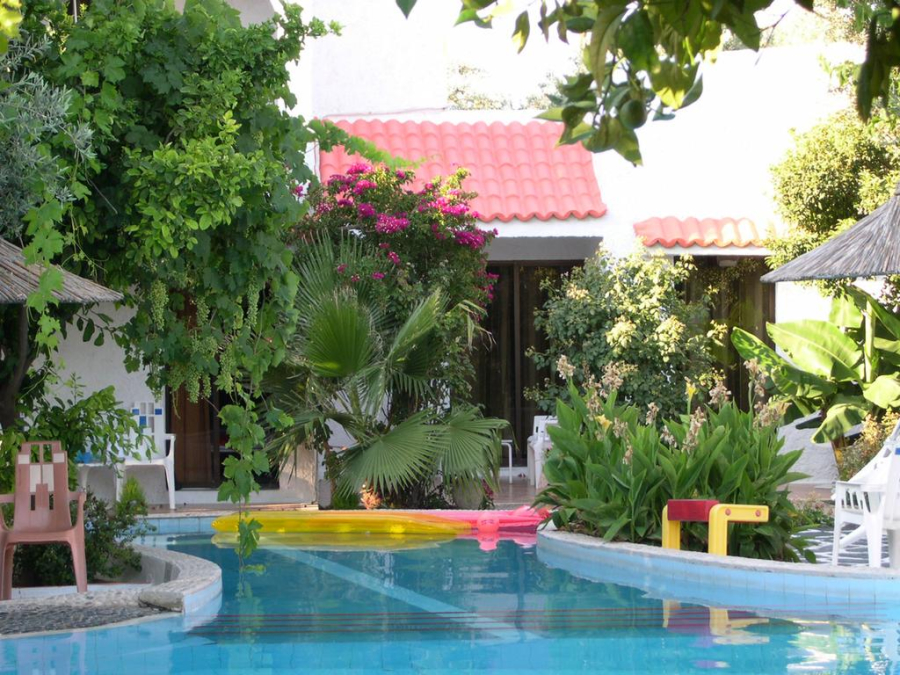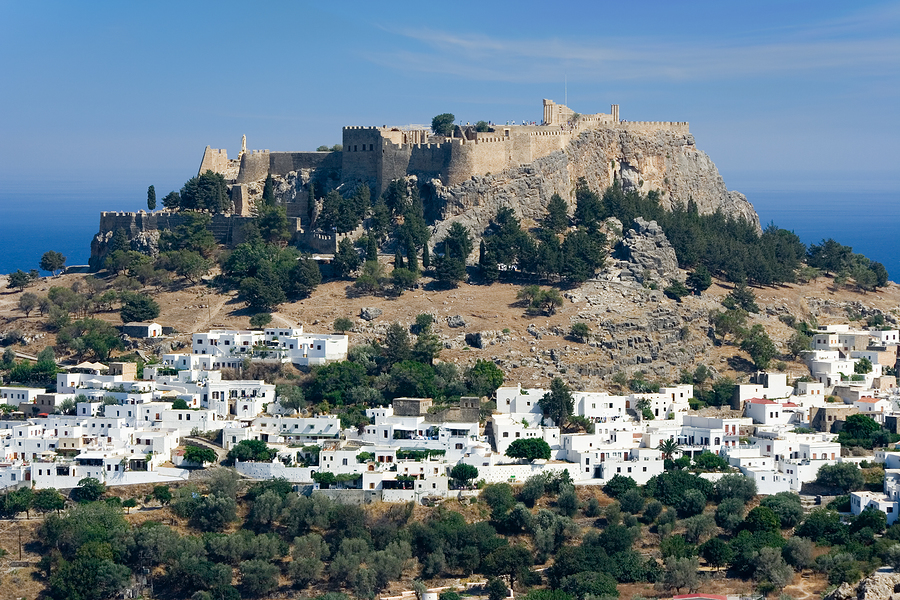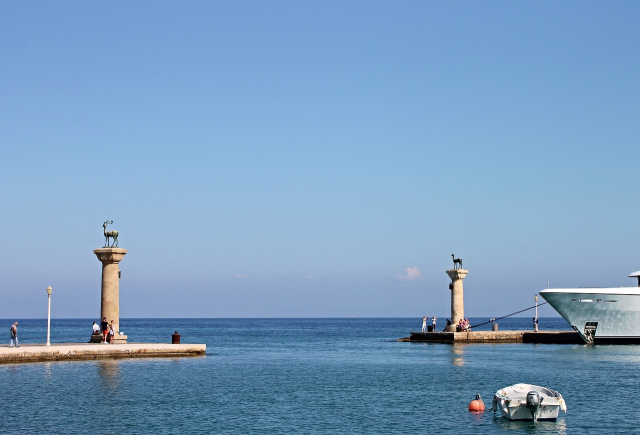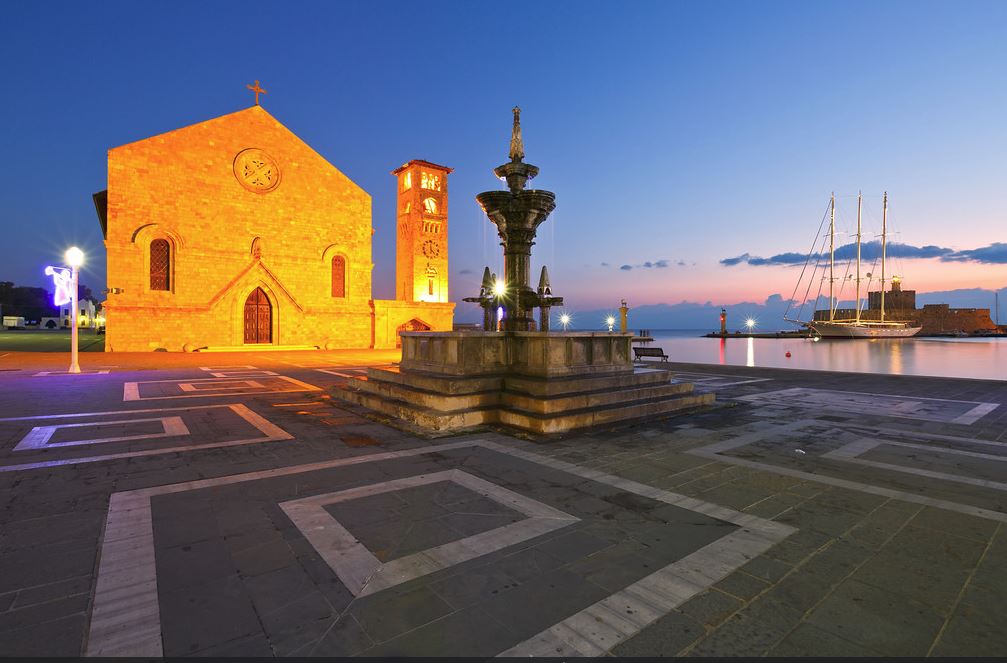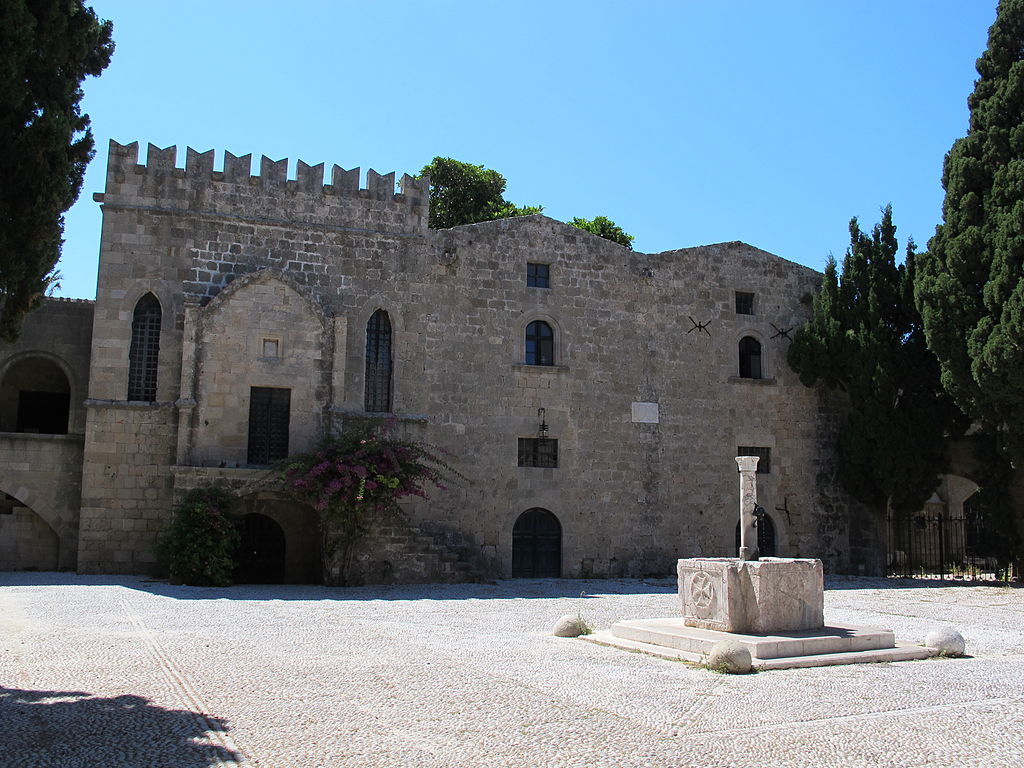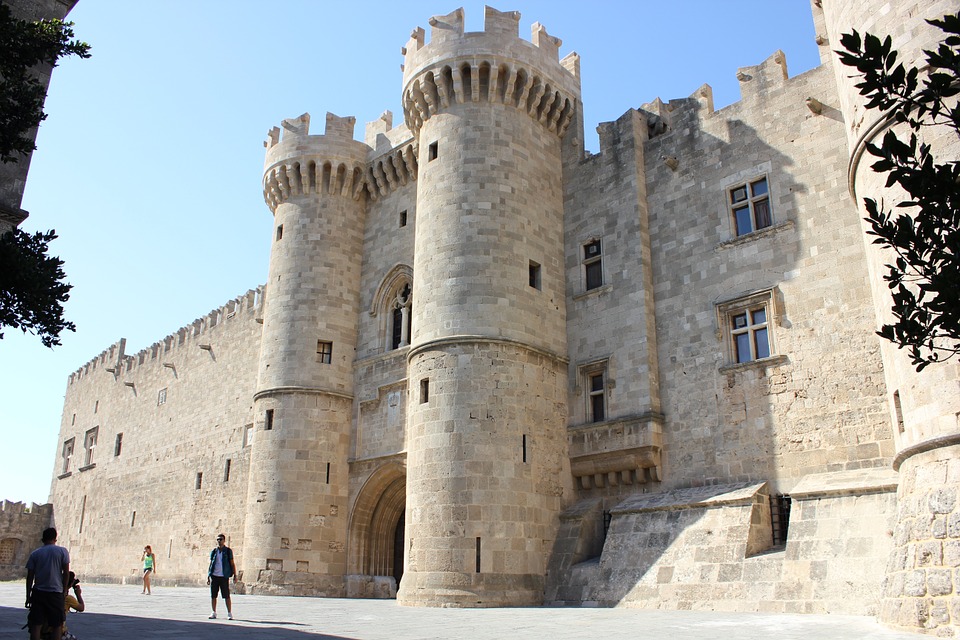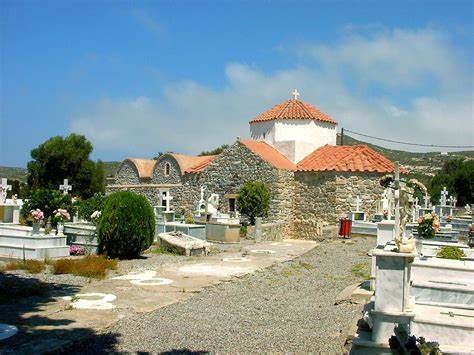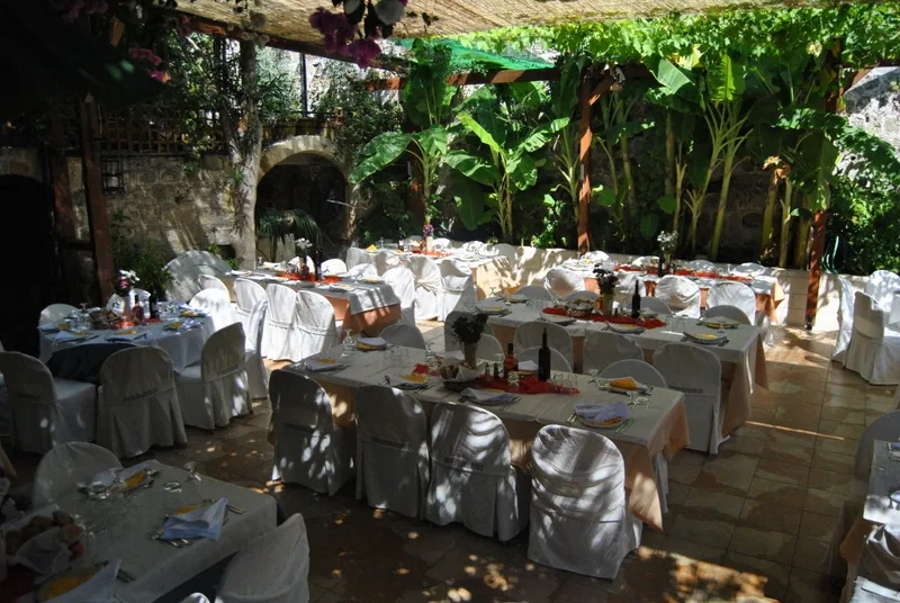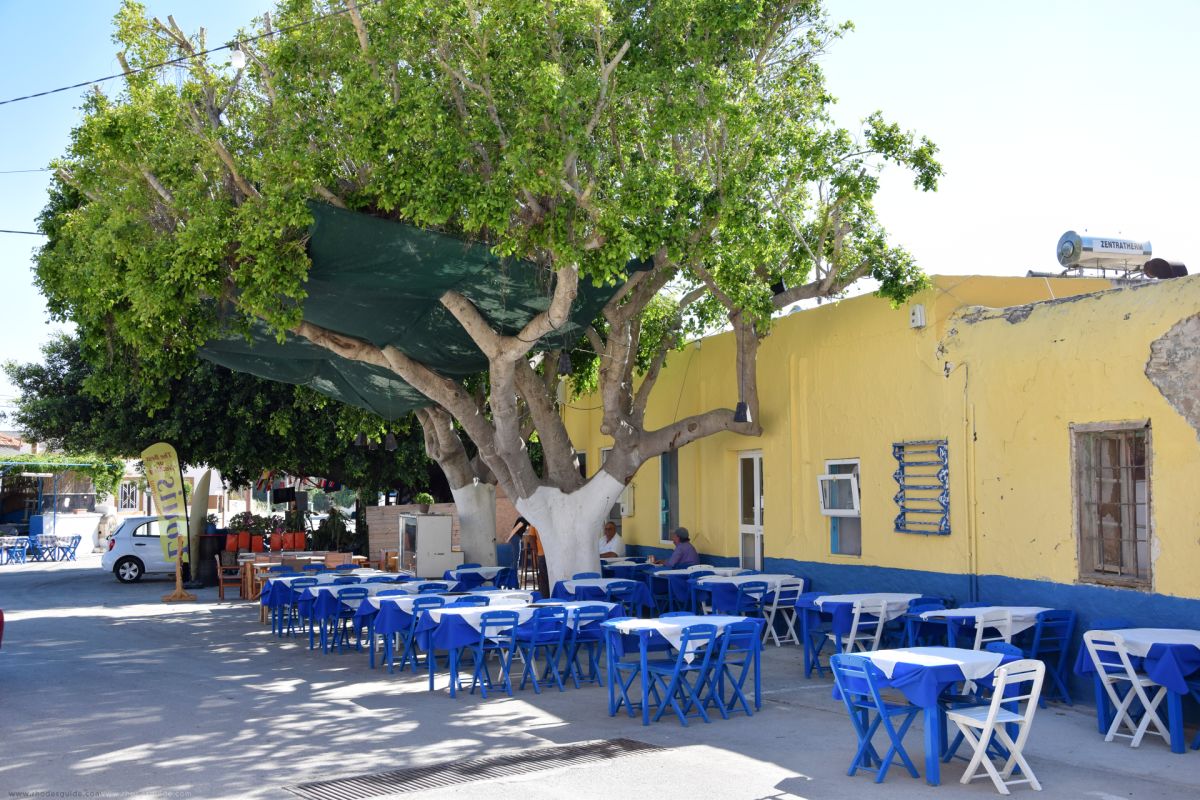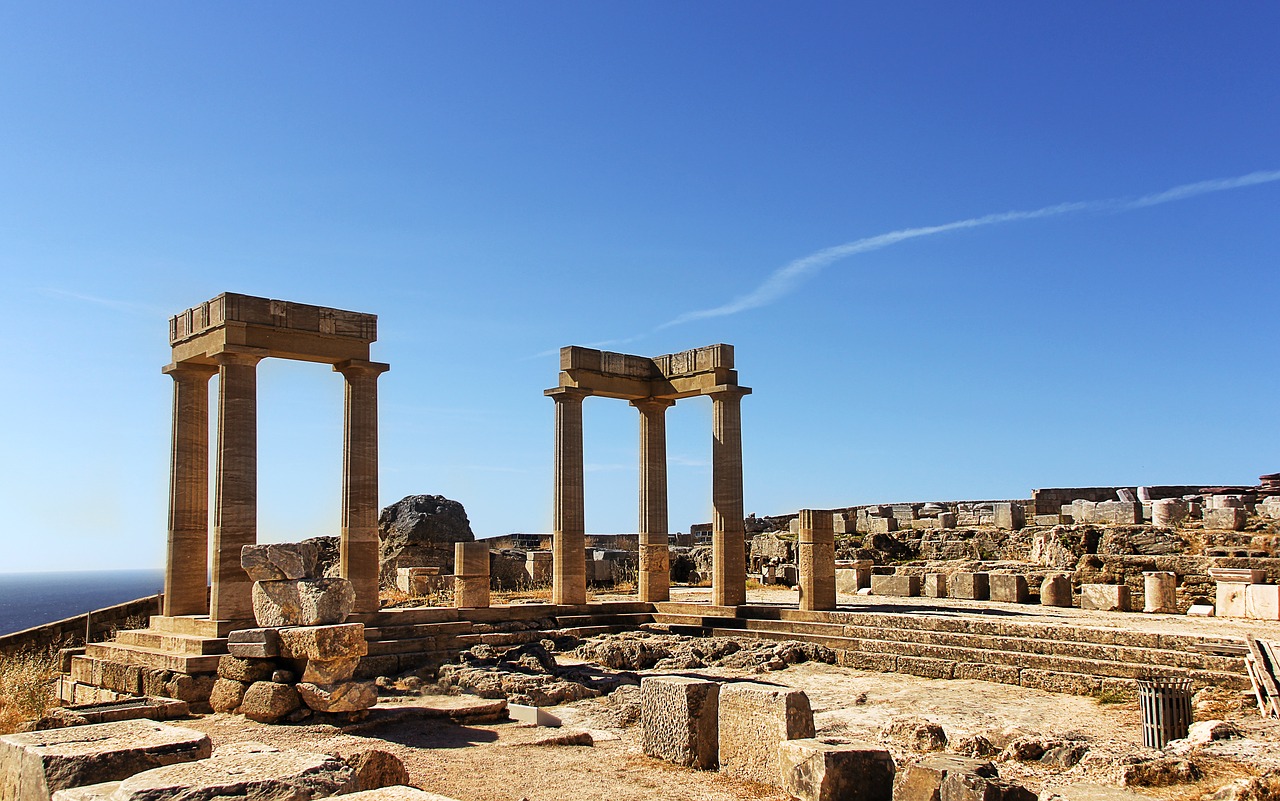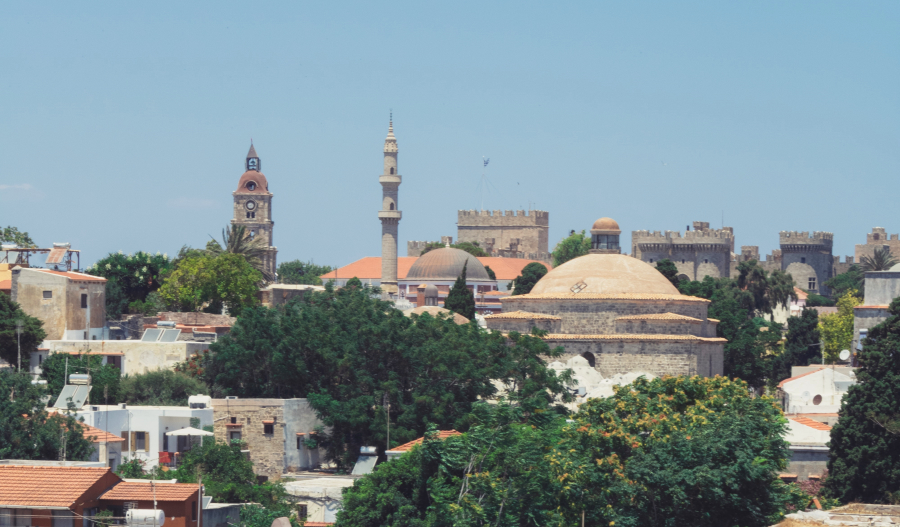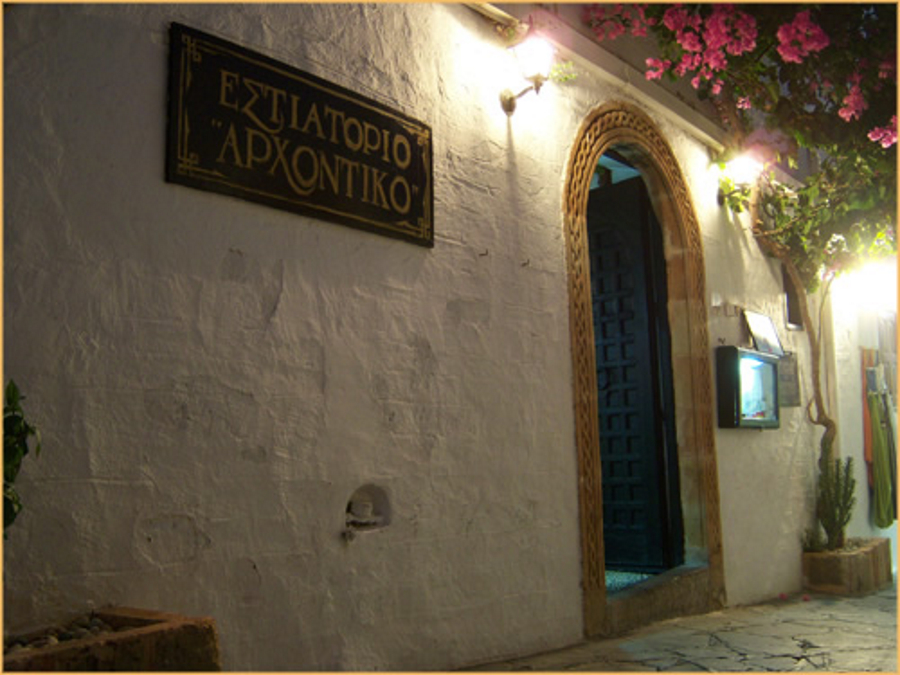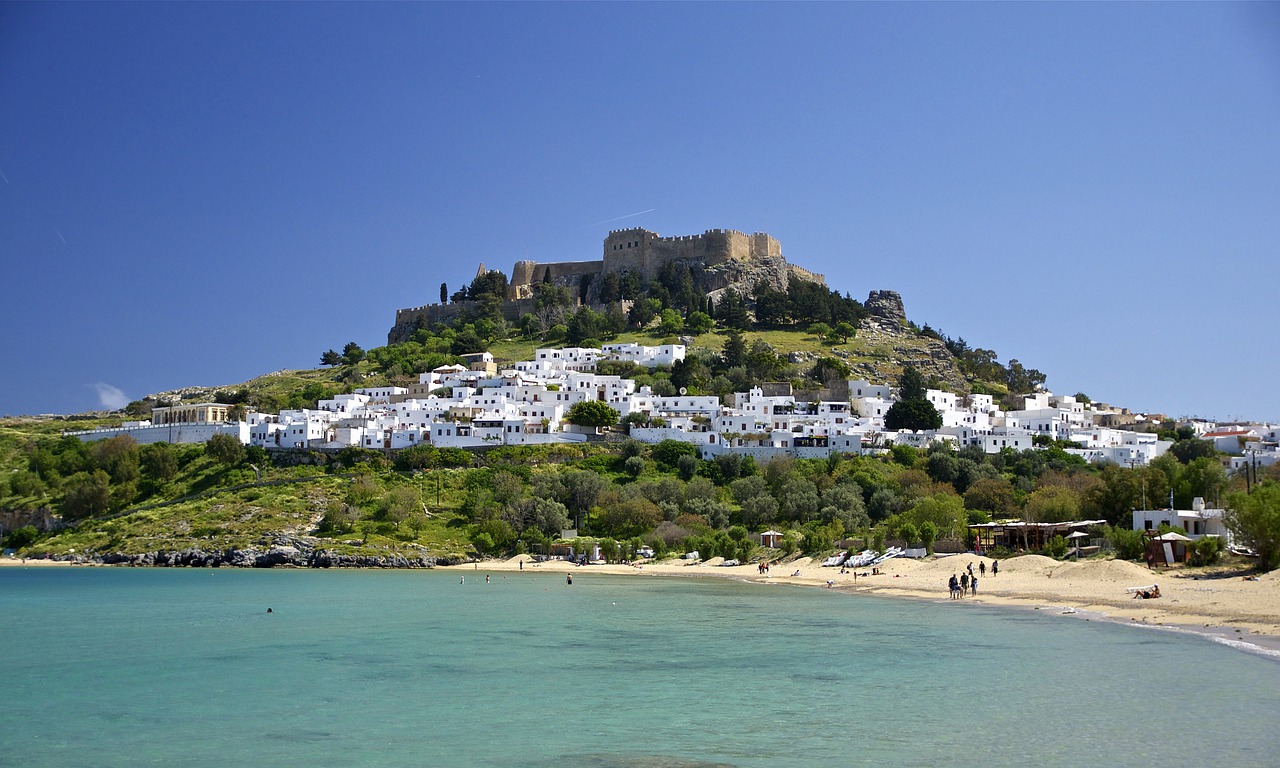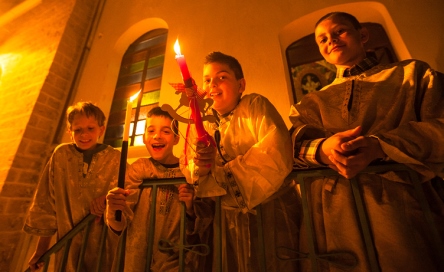- HOME
- Dodecanese
- Rhodes
- Lindos
Lindos
Lindos is one of the main attractions on the Greek island of Rhodes, with its Acropolis, other ancient sites, beaches and historic captain’s houses.
Lindos is an impossibly picturesque village; a labyrinth of white-painted Dodecanesian-style houses climbing the slopes to the dramatic Acropolis and Knights’ Castle. The village is, of course, a hugely popular visitor attraction, and from Easter onwards it is crowded by day and fairly lively at night. It’s an hour’s drive south of Rhodes Town, about half-way down the island’s east coast.
The Acropolis is the main attraction, but Lindos has much more to offer than this splendid monument. Its narrow streets are empty of traffic and locals carry everything in motorbike trailers with which they negotiate some alarming challenges in the steeper streets.
This file is licensed under the Creative Commons Attribution 3.0 Unported license.
In some ways Lindos is robbed of its inherent character by the sheer pressure of visitors and by the multi-lingual guided tours. It’s a popular excursion from the cruise ships which dock in Rhodes Town. Yet the village is still captivating, especially if you allow time to wander and seek out less well-known ancient ruins, the tiny churches, and the quieter corners.
Ancient Lindos
Ancient Lindos was the most prestigious of the three great city-states of Rhodes, the others being Kameiros and Ialyssos. When the three cities combined to found the unified city of Rhodes, Lindos continued to prosper and its sanctuary of Lindian Athena remained a place of pilgrimage until Roman times.
The Knights of St John kept a strong presence here, and during the Turkish era, Lindos was a prosperous sea-going community. Modern Lindos still reflects this history of commerce and culture.
Ancient Sites Around Lindos
The prime site of the Acropolis apart, there are a number of other ancient sites scattered throughout the Lindos area. Within the village itself is the well-preserved 4th-century BC amphitheatre. It’s located on the south-western side of the Acropolis just below the Stavri Square car park. Nearby are the remains of a large building, thought to have been a temple of the 3rd or 2nd century BC. Later Christian churches were built over the site.
Directly opposite the Acropolis, on the side of Krana Hill and above the highest houses of the village, is the ruin of a monumental necropolis, the tomb of a wealthy Hellenistic family. On Cape Agios Emilianos, across the main bay from the Acropolis, is the so-called ‘Tomb of Kleoboulos’, a large circular mausoleum composed of stone slabs. It can be reached by a path from the main beach. There is no convincing evidence that this actually is the tomb of Kleoboulos, who was a famous ruler of Lindos.
Read our review of the Best Guidebook to Rhodes
Beaches Around Lindos
On the north side of the village is a substantial bay in the shelter of the Acropolis hill. Directly below the Acropolis lies a small harbour where fishing boats moor. Further round the bay is Lindos’s very busy main beach. There are several tavernas and bars, beach furniture can be hired, and water sports are available.
This file is licensed under the Creative Commons Attribution 2.0 Generic license.
There is another beach further round the bay, and bathing places beyond the headland of Cape Agios Emilianos. To the south of the Acropolis lies the remarkable natural harbour of St Paul, where the evangelist is said to have landed on his mission to spread Christianity.
This file is licensed under the Creative Commons Attribution 3.0 Unported license.
Houses of the
Captains
An earthquake of 1610 devastated Lindos but the settlement was rebuilt in traditional style, and today’s houses, a mix of simple vernacular buildings and handsome Gothic mansions, enhanced with subtle Byzantine and Moorish features, stand behind their high walls and inner courtyards where there is much use made of the exquisite pebble flooring called hokhlaki.
The Lindian doorways, called pyliones, often have fine carvings around them. Wealth from seagoing enriched Lindos, and many of the finer houses were built by sea captains. Several of these restored captains’ houses are open for public viewing, although they are often tied in with restaurants or gift shops. You can get details from the tourist office.
Panagia (Church of
the Assumption of Our Lady)
Panagia is the main church of Lindos and stands at the heart of the village. It dates from medieval times but has been lovingly cared for and refurbished over the years. The characteristic exterior is rather engulfed by its close-knit surroundings but the interior is overwhelming, a superb example of Orthodox decoration.
This file is licensed under the Creative Commons Attribution 3.0 Unported license.
Late 19th-century frescoes, restored in the 1920s, cover the walls and depict vivid biblical scenes. There are numerous fine icons, and the wooden altar screen and Bishop’s throne are beautifully carved. The pebble mosaic floor is outstanding. There is a strict requirement for visitors to dress soberly, and photography is not allowed.
Latest Posts
-
The Lesser-Known Traditions of Greek Easter
Step off the beaten path this spring and discover the enchanting — and often surprising — Easter traditions found across Greece. -
Easter in the Mystical Castle of Monemvasia
In the castle town of Monemvasia, with its dramatic medieval backdrop and sea views, Easter is a deeply spiritual and atmospheric experience. -
Sifnos: Greece’s Hidden Culinary Star on the Rise
Sifnos, a Cycladic island, is gaining fame for its rich culinary heritage, especially the beloved melopita honey-cheese tart. -
Easter in Leonidio: A Tapestry of Light, Culture and Cliffs
In Leonidio, Easter comes alive with handmade hot air balloons in the sky and lanterns made from bitter oranges in the streets. -
April 9 Strike in Greece to Impact Public Transport, Ferries and Air Travel
Transportation and travel across Greece will face disruptions on Wednesday, April 9, as public transport, ferry and aviation workers join a nationwide strike called by Greek labor unions. -
Ancient Theater of Lefkada Brought Fully to Light Following Systematic Excavation
The Greek Culture Ministry has announced that the first ancient theater ever identified in the Ionian Islands has recently been brought fully to light on Lefkada, revealing an impressive monument that… -
Seven Greek Traditions Recognized as Intangible Cultural Heritage
From traditional barrel-making to age-old folk dances, seven new entries on Greece’s National Inventory preserve the country’s living heritage for future generations. -
Greek Air Traffic Controllers to Hold 24-hour Strike, Disrupting Flights on April 9
The Hellenic Air Traffic Controllers Union have announced a 24-hour strike for Wednesday, April 9, in response to the protest called by the Civil Servants’ Confederation (ADEDY). The strike is being h… -
Ten Best Budget Hotels on Santorini
Greece Travel Secrets picks the ten best budget hotels on Santorini, some with caldera views, some near beaches and some close to the heart of Fira. -
No Ferries in Greece on April 9 as Seamen Join Nationwide Strike
The Pan-Hellenic Seamen’s Federation (PNO) has announced its participation in the 24-hour strike called by the General Confederation of Greek Labor (GSEE) on Wednesday, April 9. The strike, which will…








